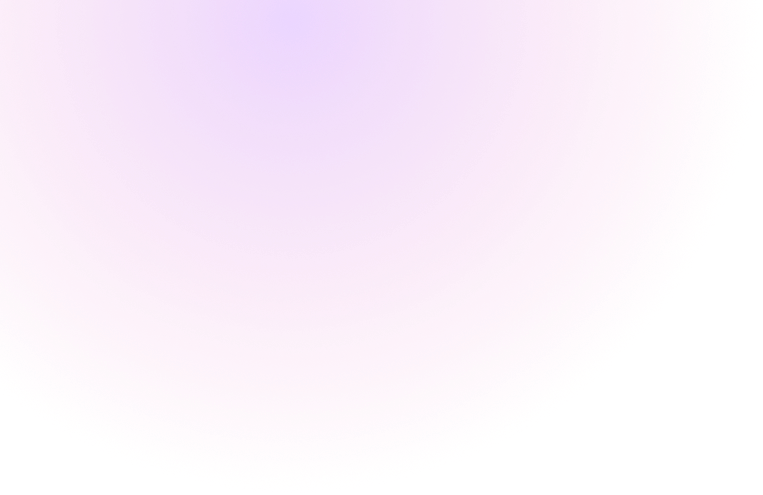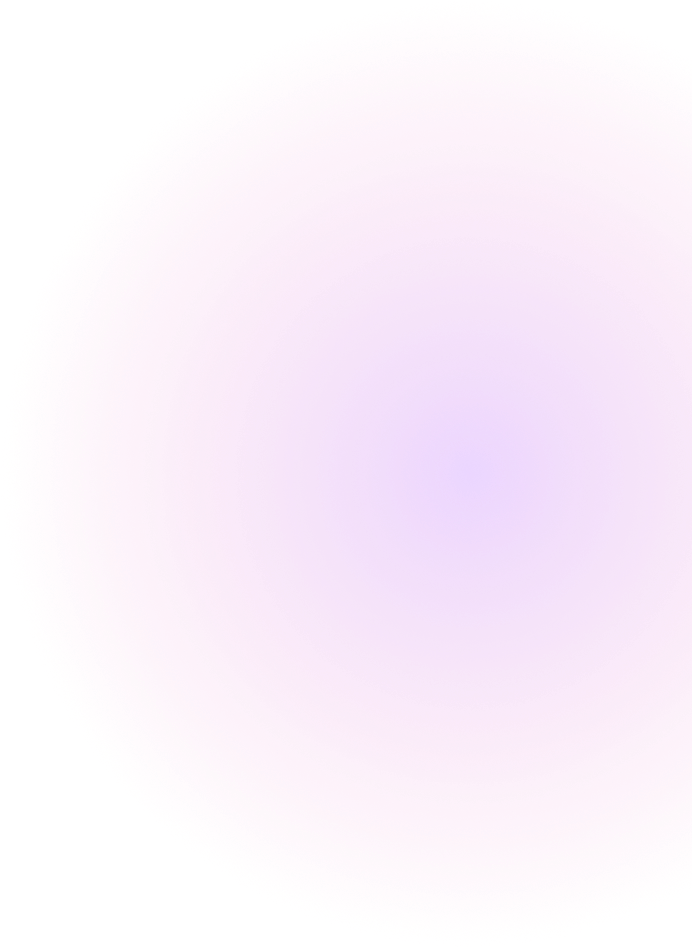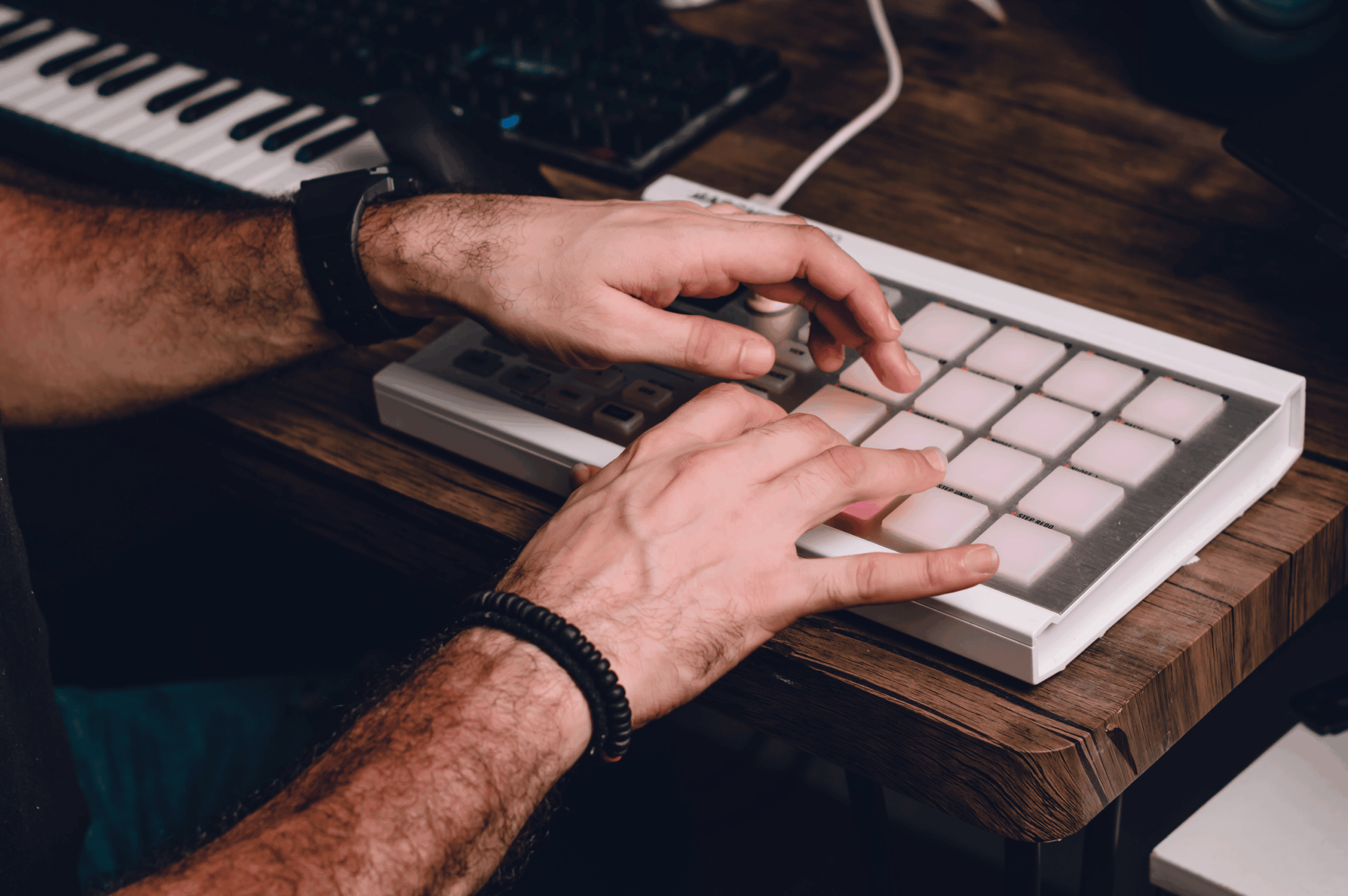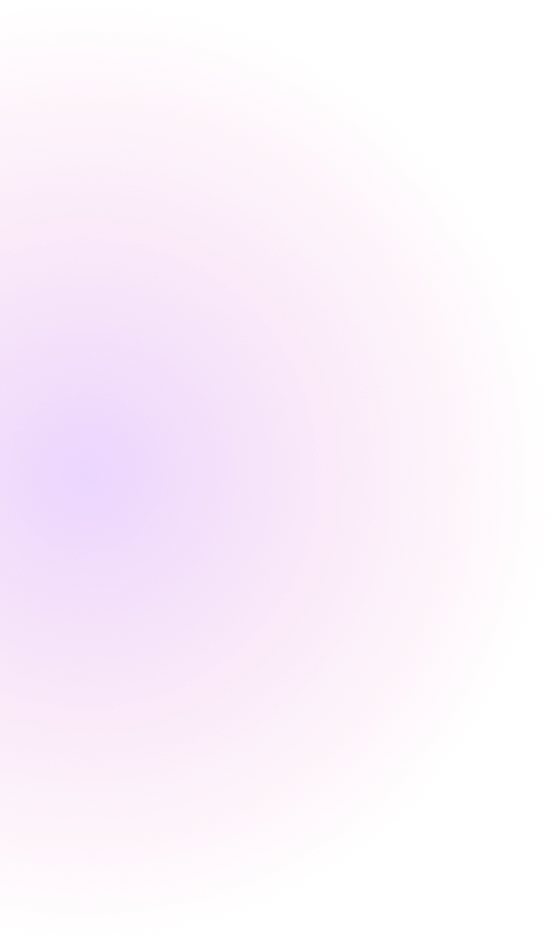In the age of digitised music creation, the rise of grid-based controllers has quietly reshaped the design language and workflow of contemporary musicians, and looks to usurp the predominance of the piano keyboard and guitar as song writing and performance tools. Gridcentric interfaces, with their matrix of pads, buttons, and faders, stand in contrast to the linear layout of the traditional keyboard. In my PhD research, I coined the term gridcentric to describe this lateral, modular architecture that underpins much of today’s electronic performance. These systems are more than instruments, they are operational tools that blend performance, composition, and system navigation into one gesture- driven surface.
1. Claviocentrism and its Limitations
The cultural dominance of the keyboard interface has long shaped musical performance and music theory. As Diduck explains, keyboards have maintained a hegemony over musical production due to their visual transparency, cultural familiarity, and association with compositional authority. However, this dominance of what Diduck calls claviocentrism, has also enforced a set of musical assumptions. In particular, the keyboard’s chromatic scale, tuned to Western equal temperament, privileges pitch-based musical expression over rhythmic, gestural, or spatial modes.
My PhD research examined how this claviocentric paradigm permeates digital music tools, reinforcing hierarchical thinking and excluding non-keyboard traditions. As noted in relation to performance control environments: The popularity of MIDI keyboards as the dominant performance interface within DAWs reinforces the ongoing hegemony of claviocentrism. This influence is not merely aesthetic, it embeds music theory, genre bias, and physical expectation into the tools themselves.
2. The Rise of Grid-Based Control Systems
Against this backdrop, gridcentric design emerged as a counter-current, particularly through sampling technologies and performance-based DAWs like Ableton Live. Controllers such as the Novation Launchpad, Akai APC series, and Ableton Push introduced performance modes centred around clip launching, pattern triggering, and modular structure.
Such gridcentric tools have redefined how modern musicians arrange, loop and perform rhythmic and harmonic materials. Macchiusi identifies these interfaces as operating in a spreadsheet like manner, where each individual cell enables lateral exploration of musical time, with rows often representing time steps and columns mapped to pitch, samples, or effects. The modularity of these systems supports dynamic arrangements, and this lateral control is particularly well suited to a vast range of genres based in repetition, sampling, and digital remix.
Bell (2015) offers further context in his exploration of recording systems: he notes how digitised systems promote user-defined structures over linear score-based forms. This de-centering of linear time echoes the experience of using grid controllers, where the musician is often a live editor, arranger, and producer. The interface supports real-time manipulation and regeneration of musical ideas, particularly in loop-based or pulse-driven settings.
3. Towards a Performative Interface for Contemporary Practice
Gridcentric controllers are not simply tools, they represent multi-faceted musical environments. They provide performance, control, structural, DSP (effects), and operational influence within a single interface, especially in networked music scenarios. They configurations allow for complex layering, real-time decision-making and flexible structural control. Their adaptability aligns with the shifting demands of digital music makers, especially those operating across genres, time zones, and technological ecologies.
Auslander provides theoretical support for this fluid approach, proposing that rhythmic repetition and motor programs enable emergent musical behaviours in interactive systems. Grid controllers embody this principle by transforming physical action into structural consequence.
Strachan (2017) reminds us that technologies of music are inseparable from identity politics. As musicians interface with them, they shape and are shaped by their affordances. Grid systems offer inclusivity, allowing new users from diverse musical backgrounds to access meaningful interaction without being trained pianists. This shift expands the musical vernacular and lowers the barrier for creative entry.
Conclusion
Gridcentric systems have emerged not as a gimmick, but as a serious alternative to traditional instrumental thinking. They foreground timing, gesture, and structure over pitch-centric hierarchy, and invite musicians into flexible, collaborative, and digitally native performance ecologies. In remote and hybrid settings such as those enabled by Telemidi, these interfaces offer the dexterity, clarity, and modularity needed for meaningful co-creation. As we move forward, embracing these new ‘keyboards’ may open music to a broader and more inventive world of human connection.
